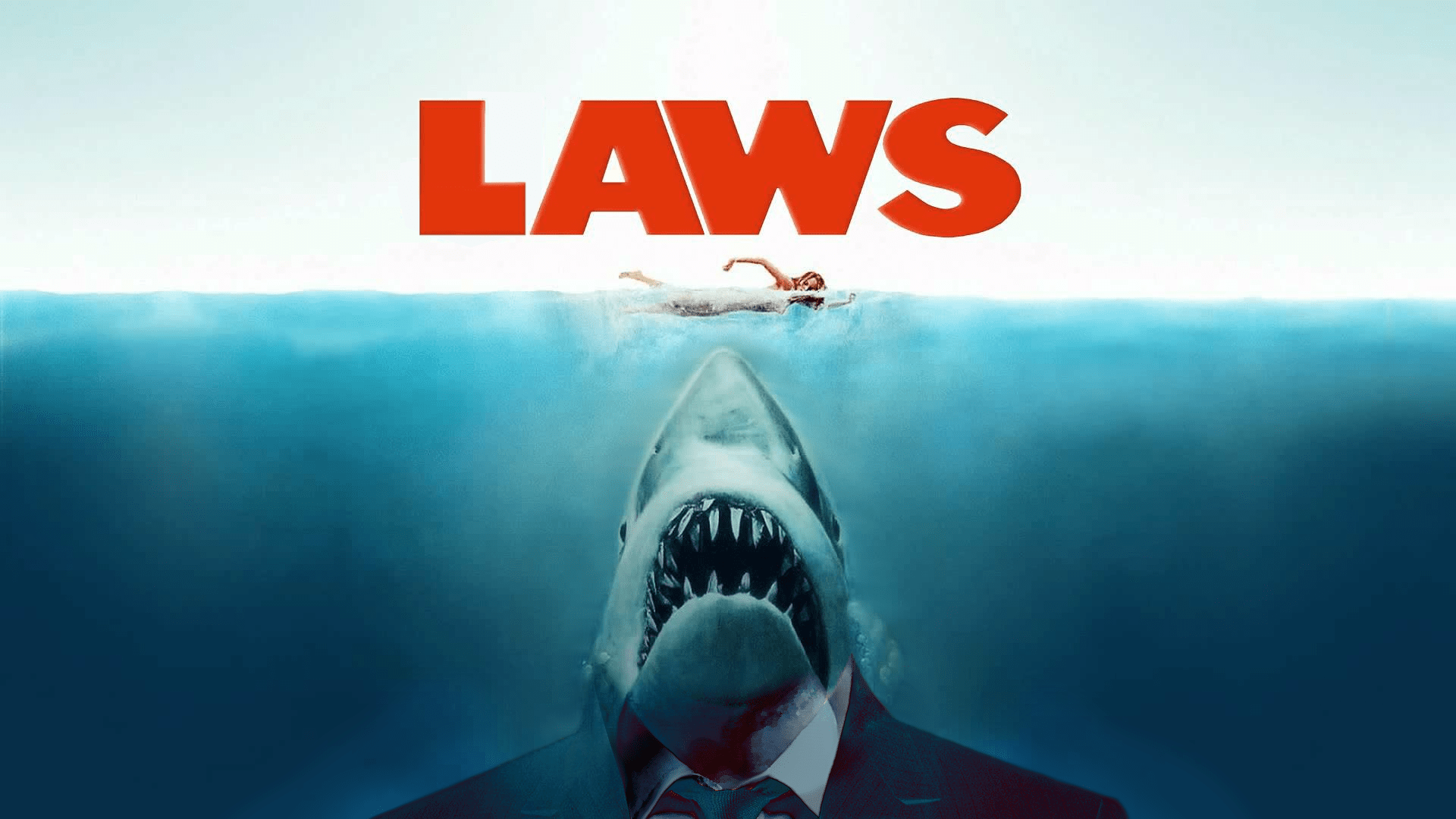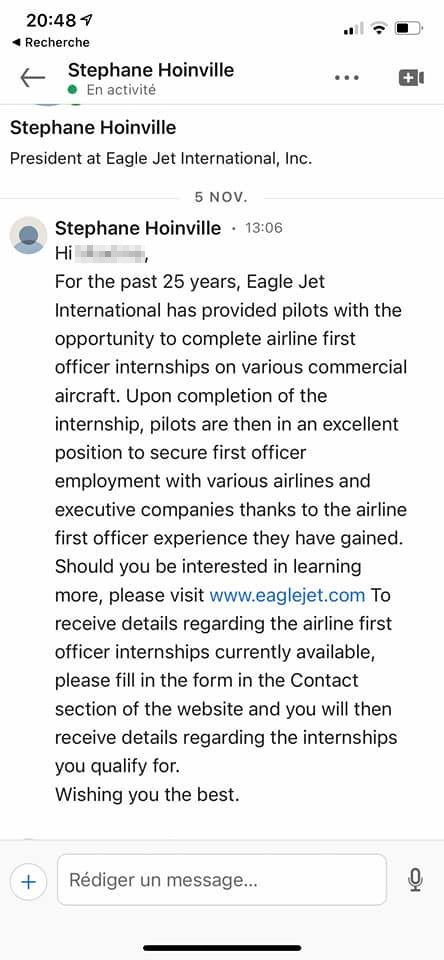
Due our interest in aviation related industrial developments, there is one article that caught our attention this last December titled “Amid pilot shortage, FAA gives all clear for earlier takeoff to aviation students’ careers”.
Namely, the FAA allowed one university to grant first officer status with 1000 instead of 1500 flight hours, and this is significant in ways that require we dive deeper.
As some would remember, the 1500h rule for pilots to operate in a commercial airline capacity, is the legacy of the Colgan Air flight 3407 crash. Poor working conditions, fatigue, and as a contributing factor, questionable training, were at the center of the newly crafted regulation, which basically tampered pay-to-fly in the US, since paying to reach a cockpit was off the table without the experience.
Back on the crash as a reminder, before joining Colgan among other things*, the Captain on the flight had failed three check rides at GIA (Gulfstream International Airline – now Silver Airways), GIA which fostered pay-to-fly captain upgrade programs** with sister company GTA (Gulfstream Training Academy) providing Line Training pay-to-fly***.
Ironically the new regulation caused by one of its former pilot and trainee, along with heavy fines (FTL falsifications and using car parts on planes), bankrupted GIA/GTA and ‘killed’ p2f on airliners in the US.
Sharks in the water
While hour restrictions might not transpose too well in the European market, and with the argument of the “pilot shortage” (true or not), brokers like infamous Stephane Hoinville’s EagleJet are only waiting for the hour threshold to drop to bridge a bigger gap between pilots’ curriculum and airlines’ expectations… for a profit!


Going for the detractors of the regulation, the number-of-hour experience doesn’t presume of the quality of that experience (the Captain of the Colgan fight met the threshold in retrospect) and self-funded pilots would presumably pay less tuition to reach FO status… provided airlines reduce their recruiting criteria (which rarely happens in the EU despite claims of pilot shortage).
As a result just like Europe, pay-to-work schemes may unfortunately re-emerge in the US should regulation loosen. We believe regulations are too many, yet in the end, pay-to-fly could simply be defined as any transfer of funds from the crew to the airline and its affiliated third parties, money flow that should have been forbidden a long, long time ago.
* Captain Renslow failed two previous check rides at Colgan (B1900 TR and Saab 340 captain upgrade) and had 109h on the left seat prior to the accident.
** 1992 – $15,000 up-front
*** 522 hours, including 250 hours as FO, for $32,699